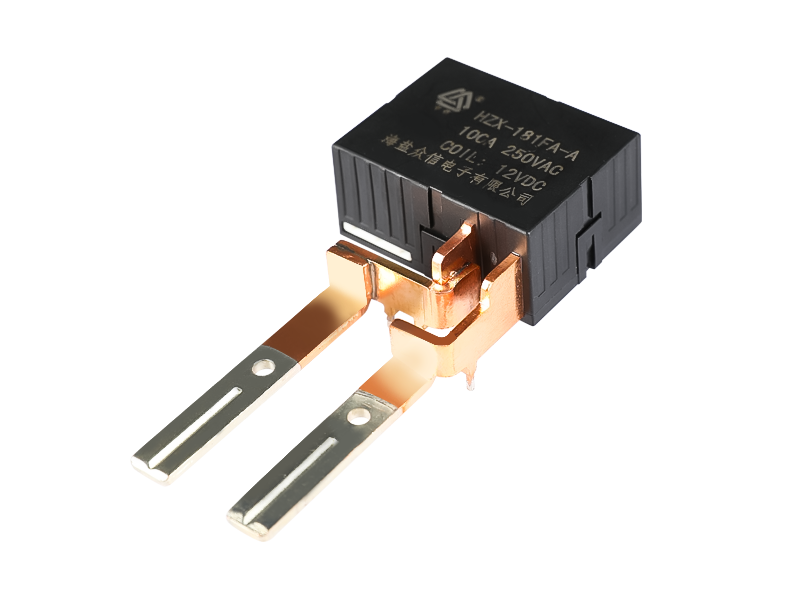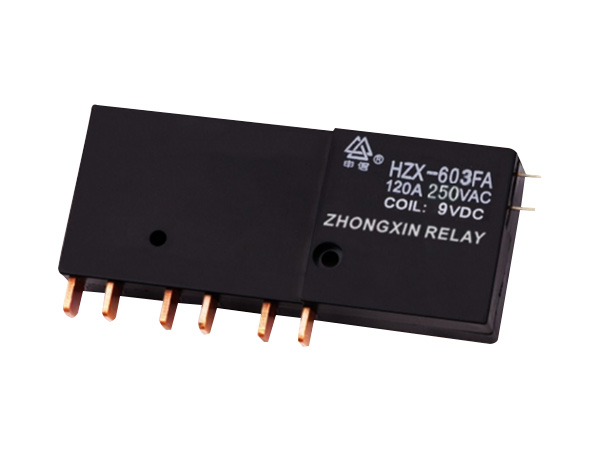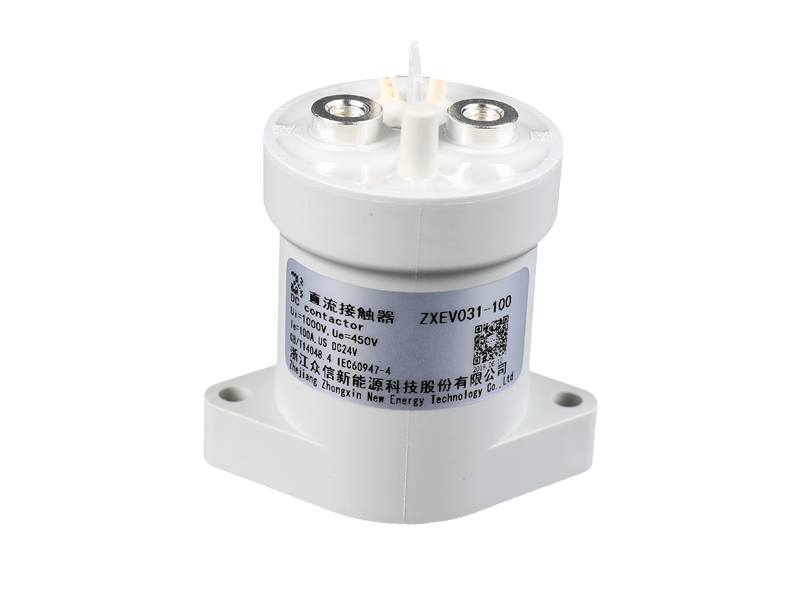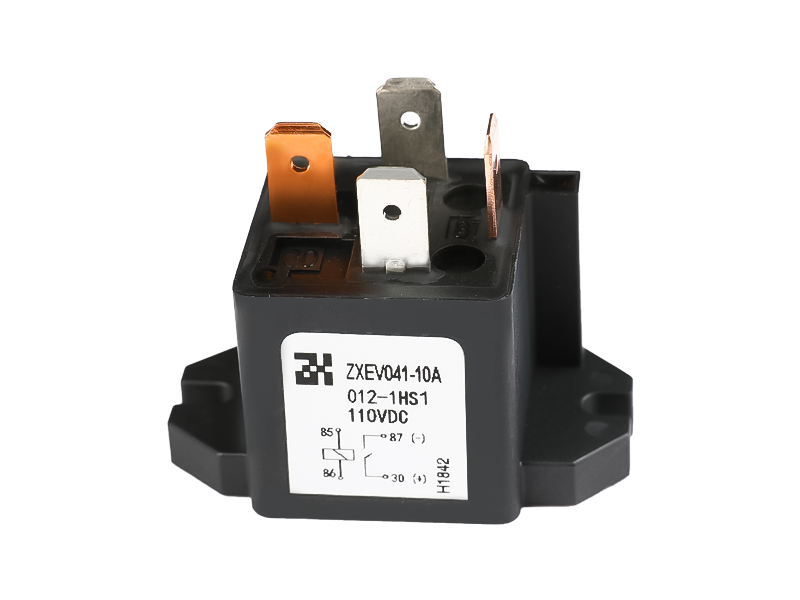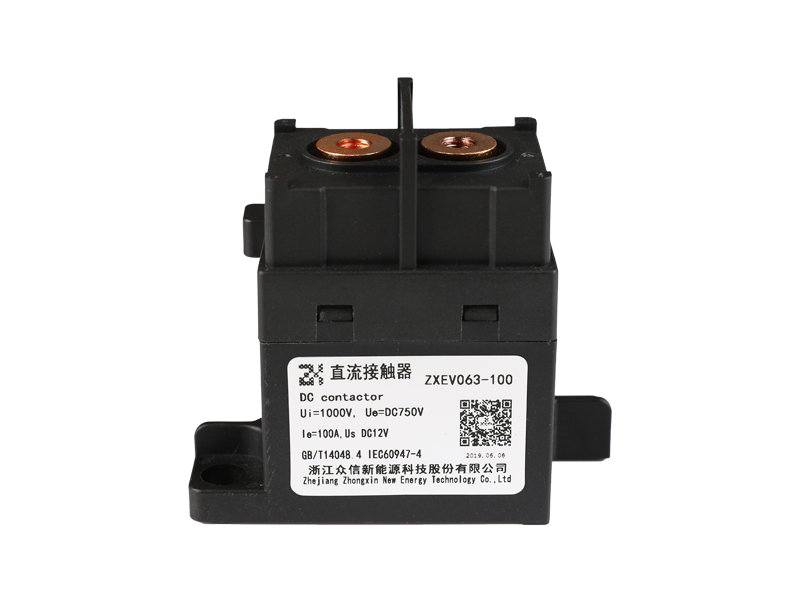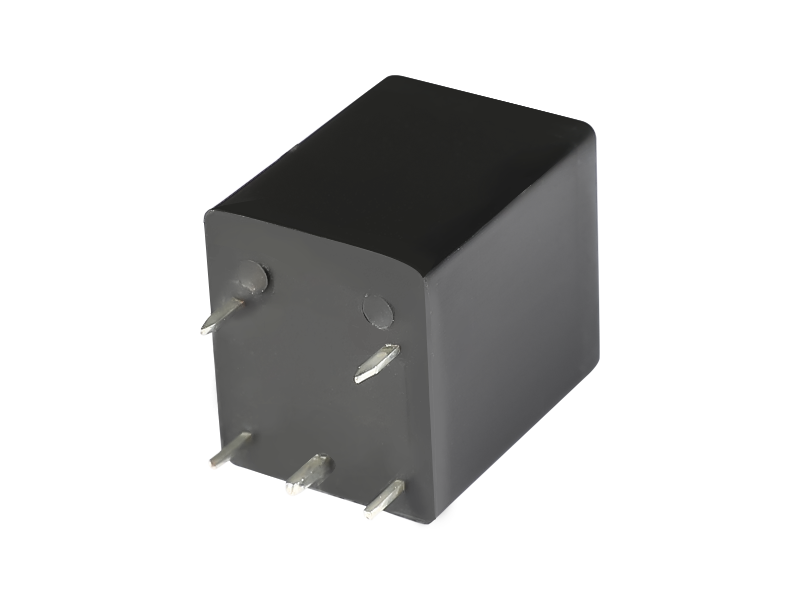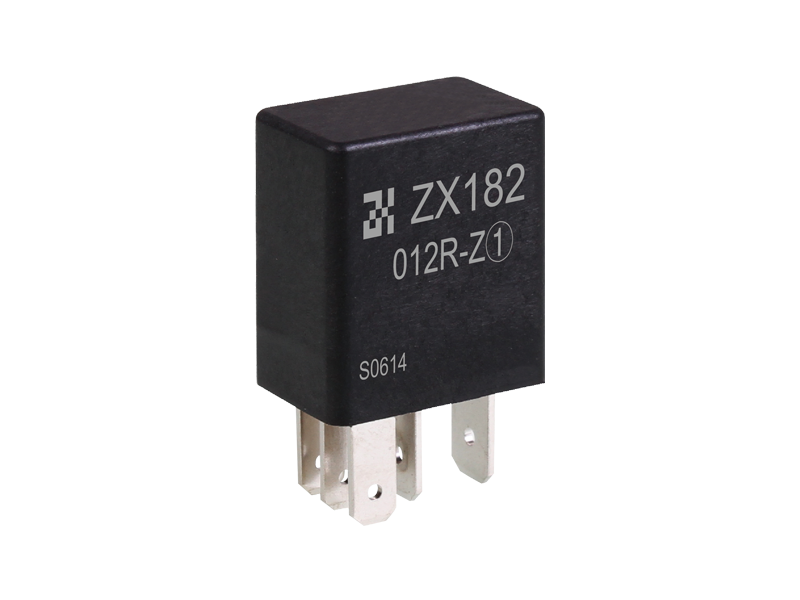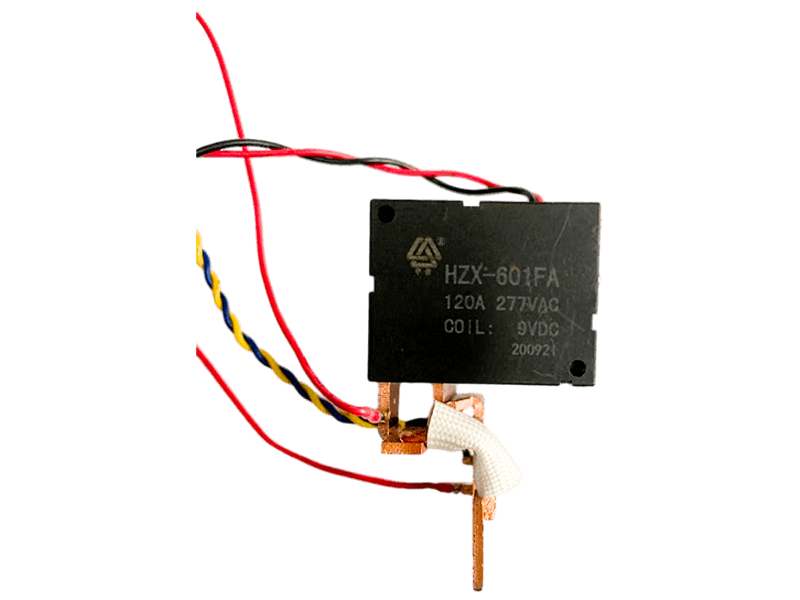Where is solid state relay better than electromagnetic relay
Update:12-11-2021
1. Longevity and high stability
In fact, the life of mechanical contacts determines the life of mechanical relays. Since there are no mechanical contacts inside the solid-state relay, the service life of the SSR relay will not be shortened by the strain, aging, corrosion, and adhesion of the contacts. At the same time, there are no mechanical moving parts (such as springs, reeds) inside the solid-state relay, so there will be no contact bounce and poor contact of the moving parts.
Due to the non-contact structure and resin case protection, the solid-state relay has good impact resistance, impact resistance, and corrosion resistance. Solid-state relays have a wider range of applications than EMR. For example, humidity has almost no effect on solid-state relays but slightly reduces its insulation performance, but electromagnetic relays are very sensitive to humidity. If exposed to moisture for a long time, the use of EMR The life span will be shortened and the components will be corroded.
In short, the life of solid-state relays is 50-100 times that of electromagnetic relays, and the reliability of solid-state relays is far better than that of electromagnetic relays.
2. Cost of use
The initial purchase cost of solid-state relays is higher than that of electromagnetic relays. But considering other costs (such as comprehensive service life, inspection and maintenance costs, loss and low efficiency due to instability or failure of the relay, etc.), the average cost of using solid-state relays is much lower than that of electromagnetic relays.
In addition, in some applications, additional costs are required to prevent contact vibration and poor contacts of mechanical relays.
3. Work efficiency
The operating frequency (or switching rate) of solid-state relays is several to several tens of times that of electromagnetic relays, which enables SSR to be used in equipment that requires high efficiency. In addition, solid-state relays use semiconductors as signal transmission media, so solid-state relays can be compatible with computer control systems without adding additional circuits and equipment, but EMR cannot do this.
The response time of solid-state relays is much lower than that of mechanical relays, and the control power of SSR relays is also lower than that of EMR relays. This makes EMR not suitable for devices that require a shorter response time. Low control. In some special applications that require low power factor, the switch must be stable and free from vibration, so EMR relays cannot be used.

